需要多长时间 48 伏特电池最后?
当您为您的家规划储能系统时, 特别是对于太阳能或备用电源, 48 伏平台是一种流行且高效的标准. 自然出现的一个关键问题是, “48V电池实际上能持续多久?" 答案不仅仅在于电压; 它取决于电池的容量以及您的使用方式.
48V 电池的运行时间完全取决于其安培小时 (啊) 或千瓦时 (千瓦时) 额定容量和功耗 (以瓦为单位) 您正在运行的设备. 更大容量的电池, 像48V 200Ah装置, 在相同负载下,使用寿命是 48V 100Ah 装置的两倍. 现代 48V 壁挂式电池系统让您可以轻松选择适合您需求的容量.
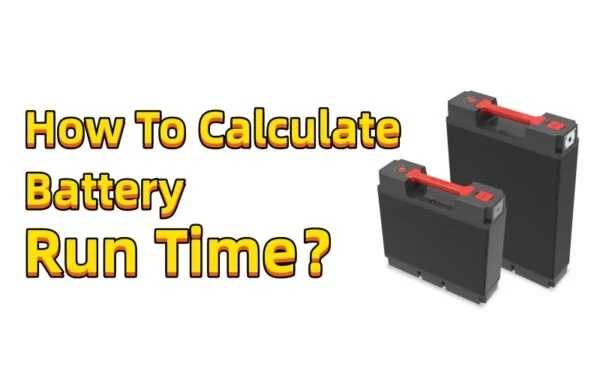
在 吉克斯太阳能, 我们专注于设计 48V 能源系统,提供可靠的, 持久的力量. 让我们详细分析如何计算运行时间并回答有关这些强大电池的其他一些关键问题.
给48V 100Ah电池充电需要多少块太阳能电池板?
将 48V 100Ah 电池与太阳能电池板配对是真正能源独立的关键. 但是如何确定太阳能电池阵列的尺寸以确保电池每天都能充满电?
可靠地充电 48在100AH中 (这是 4.8 千瓦时) 电池 在一个典型的一天, 你通常需要一个大约的太阳能电池板阵列 1.5 千瓦至 2.5 千瓦. 这转化为大约 4 到 6 现代的, 高效400W太阳能电池板. 确切的数量取决于您的具体位置, 一年中的某个时间, 和当地的天气模式.
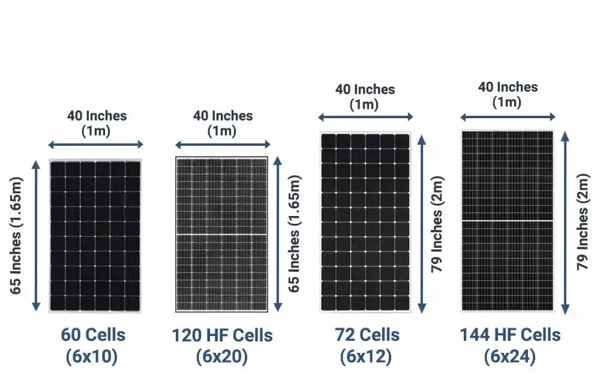
深入潜水: 不同地区气候
以下是我们确定正确的太阳能电池阵列尺寸的方法:
- 能量补充: 48V 100Ah 磷酸铁锂 (铁磷酸锂) 电池存储约 4.8 千瓦时的能量. 每天给它充满电, 您需要产生这个金额再加上一点额外的费用来弥补系统损失.
- 峰值太阳小时 (PSH): 这是一个随季节变化的关键因素. 在日本, 你可能会克服 4.5 PSH 只在夏天 2.5-3 PSH 在冬日晴朗的日子. 我们根据保守的全年平均值设计系统 (例如, 3.5 - 4 PSH) 确保全年大部分时间可靠充电.
- 系统损失: 我们考虑了由于面板加热而损失的能量, 接线, 以及 MPPT 充电控制器的效率 (通常 15-25% 全损).
- 计算:
- 所需的太阳能 (千瓦) =所需的能量 (千瓦时) / (峰值太阳小时x效率系数)
- 例子:
4.8 kWh / (3.5 hours x 0.80 efficiency) = 1.7 kW (1700 Watts) - 这意味着
1700W / 400W per panel ≈ 4 to 5 panels. 我们经常建议使用额外的面板来为阴天提供缓冲.
这个细心, 特定地点的尺寸可确保您的电池随时为您供电过夜或下一个台风季节.
100Ah 48V锂电池的后备时间是多少?
我们来具体了解一下. 您有一块 100Ah 48V 锂电池. 在停电期间,您实际上可以期望使用多少小时的备用电源?
A 100安时48V锂电池 总共提供了 4,800 瓦时 (瓦时) 或者 4.8 千瓦时 (千瓦时) 储能. 备用时间是总能量除以设备的功耗. 例如, 它可以运行一个 480-瓦 负载约 10 小时 或打火机 200-瓦 加载 24 小时.
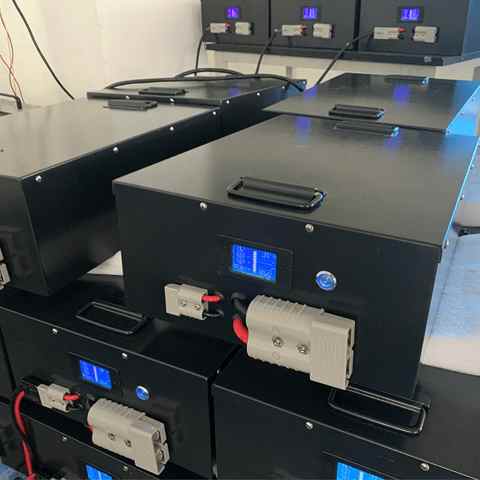
深入潜水: 计算您的备份运行时间
这是简单的数学计算:
运行时 (小时) =总能量 (瓦时) / 您的负载 (瓦特)
我们来看看一些家庭的实际场景:
- 设想 1: 基本负载 (大约. 300瓦): 停电期间, 您正在运行高效冰箱, 几个LED灯, 您的互联网路由器的更新, 并为手机充电.
4,800 Wh / 300 W = 16 hours
- 设想 2: 中等负载 (大约. 800瓦): 您在必需品中添加了电视和电饭锅.
4,800 Wh / 800 W = 6 hours
这就是为什么现代 48v 壁挂式电池 系统如此受欢迎. 单个 4.8kWh 模块可为必需品提供出色的备份. 而且因为它们是模块化的, 您可以轻松添加第二台设备,使备份时间加倍,让您更加安心. 在GYCX太阳能, 我们帮助您执行负载分析,以确保您获得预期的备份时间.
锂电池久坐会坏吗?
如果您有电池系统但暂时不使用怎么办? 锂电池会因存放而损坏吗, 未使用?
所有电池, 包括锂离子, 即使不使用,也会随着时间缓慢降解. 这就是所谓的 日历老化. 然而, 现代职业足球联赛 (铁磷酸锂) 电池异常稳定. 他们也有很低的 自放电率 (1-3% 每月), 这意味着他们坐着时损失的电荷很少. 确保较长储存寿命的关键是将它们保存在 凉爽的地方 在一个 部分费用 (大约 40-60%).
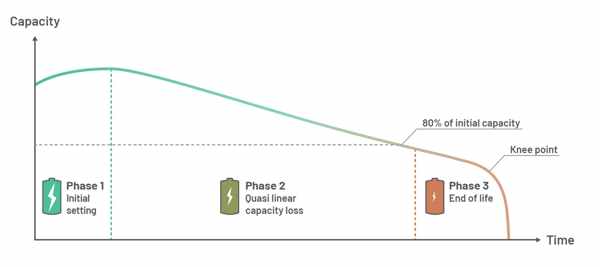
深入潜水: 日历老化与. 自我解雇
了解电池闲置时老化的两种方式很重要:
- 自我解雇: 这是暂时且缓慢的电荷损失. 您只需给电池充电即可恢复. LFP 电池的低电量意味着您可以将其存放一年以上,并且仍会保留大量电量.
- 日历老化: 这是永久的, 多年来发生的不可逆转的容量损失, 不管使用如何. 这个过程的速度很大程度上受两个因素影响:
- 温度: 炎热是最大的敌人. 存放在炎热环境中的电池比存放在凉爽环境中的电池老化得快得多, 气候控制空间.
- 充电状态: 用于长期存储, 将锂电池保持在 100% 充分对其细胞施加压力并加速衰老. 将其存储在 0% 也很危险. A 40-60% 充电是理想的低应力存储状态.
正确存放的磷酸铁锂电池可以使用很长时间并保持健康并可供维修.
锂电池不充电会着火吗?
电池安全是最重要的考虑因素. 我们经常听说与充电有关的火灾, 但可以高质量 锂电池1, 就像家庭存储系统中的一个, 当它只是坐在那里时就会着火, 不充电或放电?
这是 极其罕见 为了一个高品质的, 未损坏的锂电池在不使用时会自燃. 这样的事件几乎肯定需要预先存在的 内部短路, 这通常是由以下原因引起的 制造缺陷 或者 先前的物理损坏 到电池. 这就是为什么选择来自信誉良好的制造商的电池,这些制造商具有严格的质量控制和安全的化学成分,例如 磷酸铁锂 如此关键.
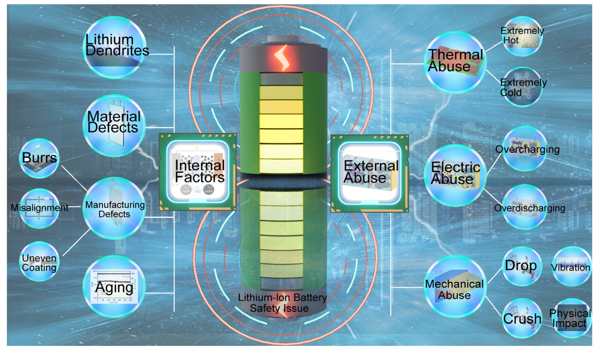
深入潜水: 了解并降低风险
以下是这个关键安全主题的细分:
- 原因 (内部短路): 电池内部有超薄的正极和负极材料层,由隔膜隔开. 如果这些层接触就会引发火灾. 这可能是由于微小的制造缺陷或电池跌落造成的, 凹陷的, 或被刺穿, 造成内部损坏.
- 质量控制的作用: 信誉良好的电池制造商在洁净室制造和多阶段测试方面投入巨资 (包括 X 射线和老化测试) 检测并筛选出存在潜在缺陷的细胞. 这是第一道也是最重要的防线.
- LFP 安全优势: 这是至关重要的. 磷酸铁锂 (铁磷酸锂) 化学性质本质上比其他锂离子类型的化学和热稳定性要高得多 (例如手机和笔记本电脑中的 NMC 或 LCO). 即使 LFP 电池失效, 它更有可能排出烟雾并安全失效,而不是爆发猛烈火灾.
- 保护系统的重要性: 专业人士 48v 壁挂式电池 不仅仅是电池; 这是一个 BESS. 稳健的, 保护外壳旨在防止可能导致内部短路的物理损坏. 内部BMS还提供一层持续监控.
客户的安全是我们的首要任务. 这就是为什么我们只使用世界一流制造商的磷酸铁锂电池. 我们知道他们严格的质量控制和 LFP 化学的固有安全性为您家中安装的系统提供最高水平的保护和安心.
48V 电池是强大高效的储能系统的支柱. 根据其容量进行简单计算即可了解其持续时间 (啊) 和你的负载 (瓦). 现代的 48v 壁挂式电池 系统, 采用安全且持久的 LFP 技术打造, 提供可靠的, 低维护成本, 能源独立和备用电源的长期解决方案.
如果您对设计 48V 电池系统有疑问, 确定太阳能电池阵列的尺寸, 或者想要为您的家庭探索最安全、最可靠的电池解决方案, 我们在GYCX太阳能的专家团队在这里提供帮助. 与我们联系以进行专业咨询! 吉鑫太阳能欢迎您的咨询, 我们的专家将为您提供及时、满意的解决方案.
探索锂电池的风险可以帮助您就其使用和存储做出明智的决定. ↩
